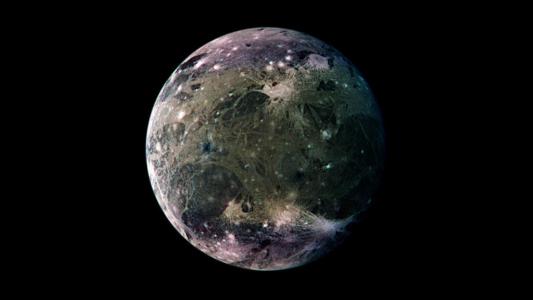A metal-rich star about 2,000 light-years away from Earth is hurtling out of the Milky Way, propelled by a supernova explosion, triggered when it ate its partner star.
Supernova explosion: About 99% of stars become white dwarfs near the end of their lifetimes. At that point, the stars are incredibly dense — they’re typically only slightly bigger than Earth, but have the same mass as the sun — and they expel heat into space until they run out and die.
Our sun may be a loner, but it’s common for stars to buddy up and orbit the same point in space. If a star in a binary system reaches the white dwarf stage, it can start to steal some of its partner’s mass.
If the white dwarf gets too massive, it can detonate in a supernova explosion.
What’s new: Using data from NASA’s Hubble Space Telescope and Transiting Exoplanet Survey Satellite, an international team of researchers has discovered what they believe is a remnant of a white dwarf that went supernova in this fashion.
“The star is basically being slingshotted from the explosion.”
Odelia Putterman
The star (LP 40−365) is currently zipping through space at nearly 2 million miles per hour, and the researchers suspect it’ll likely exit the Milky Way altogether.
“To have gone through partial detonation and still survive is very cool and unique, and it’s only in the last few years that we’ve started to think this kind of star could exist,” second author Odelia Putterman said in a press release.
Unique spin: Because the brightness of LP 40−365 is increasing and decreasing on a nine-hour cycle, the researchers suspect that it’s rotating once every nine hours.
“The star is basically being slingshotted from the explosion, and we’re [observing] its rotation on its way out,” Putterman said.
Based on that relatively slow rotation speed, the researchers believe that LP 40−365 is what remains of the star that underwent the supernova explosion in the binary system and not part of the star that fed its partner.
“By understanding what’s happening with this particular star,” Putterman said, “we can start to understand what’s happening with many other similar stars that came from a similar situation.”
We’d love to hear from you! If you have a comment about this article or if you have a tip for a future Freethink story, please email us at [email protected].




